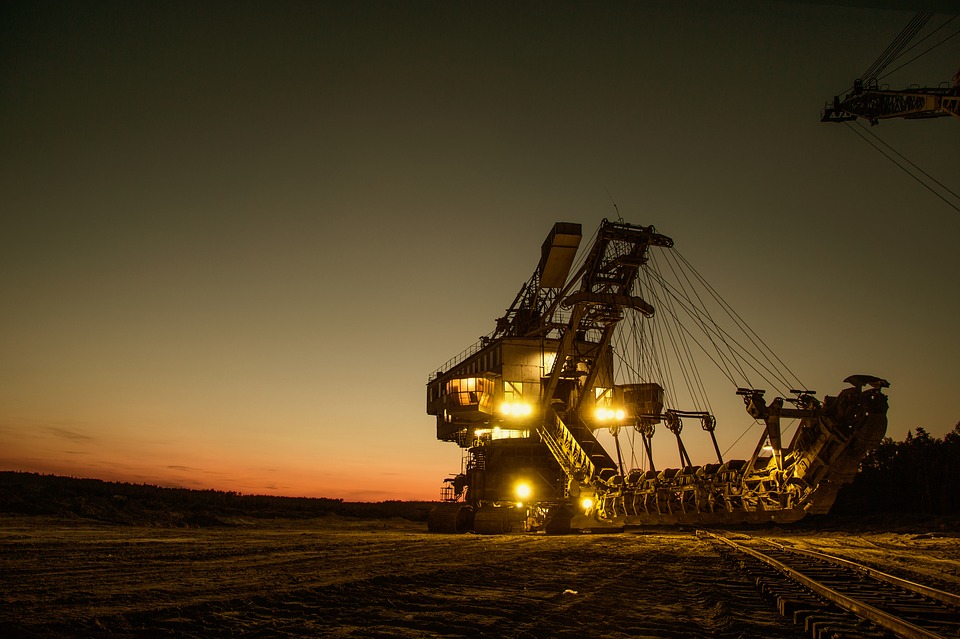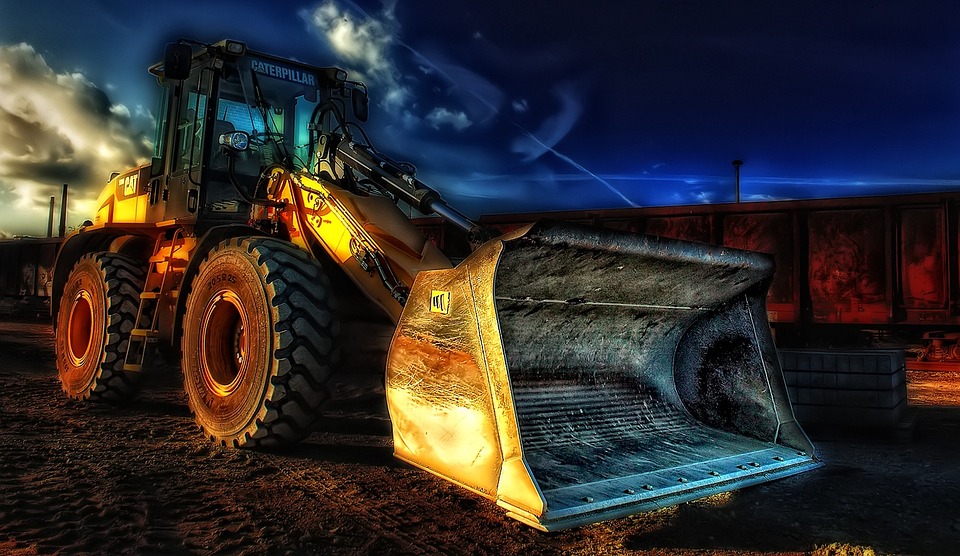Construction Safety Tips
Construction sites can be a very dangerous place for anyone to be. Taking care of your workers, establishing proper safety protocols, and educating everyone on the possible dangers they may face while on the job is something that every responsible employer should do to ensure the safety of their workers. To keep the workplace a safe environment, follow these tips to make sure everyone gets home safe.
-
Be Wary of Crowded Work Areas
For jobs that require large machinery, many work areas become crowded with workers watching the operation. This can include large trucks and machinery such as cranes and tankers. People on the work site often gather to watch; however, there is no reason to crowd around a work area and increase unnecessary exposure to serious injury.
Workers on the ground should remain far from large machinery when in operation, especially when the equipment is dangerous. Steel mills are a prime example: make sure no one is ever underneath one while in operation. The operator is not responsible for people crowding around a proposed work site! A manager should always prevent a crowd from gathering.
-
Ladders, Stairs, and High Places
If your workplace has workers that frequently climb stairs, attend high places, or climb ladders, you need to make sure to take proper precautions. Check for worn, weak, loose, damaged, and otherwise broken spots, equipment, and stairs. Avoid these areas and inform a higher-up or foreman immediately if you see one of these spots. Ladders and stairs should always be kept dry, uncluttered, and clean and metal ladders should never be used in wet or rainy conditions.
As a rule of thumb, if you want to reach a high area, make sure the ladder you are using is at least 3 to 4 feet higher to allow yourself or a worker room to maneuver. Safety features like guardrails, toe boards, control line systems, and warning lines are also necessary precautions. Never try to overreach on a ladder or show off; it only takes one small mistake to result in a workplace injury.
-
Equipment Loading and Unloading
When unloading or unloading equipment, there is always a possibility for human error. Make sure the loading ramps are on-center and balanced and straight and cleared. In case of an emergency or equipment rolling back on the ramp, make sure you have ample room to escape in the case of a mishap. A spotter should always be used when operating machinery like a forklift or when loading equipment into a truck.
-
Personal Protective Equipment
PPE can include safety goggles, steel gloves and steel-toed shoes, fire pants, and other safety accessories. If you are operating in an elevated area, make sure to wear a safety harness and rubber, non-skid footwear. A breathing mask or ventilator should also be worn when dealing with hazardous chemicals in an enclosed space.
-
Getting in and out of Equipment
One of the most overlooked but leading causes of injuries occurs when a worker is getting in and out of heavy machinery or equipment. Make sure to avoid hopping up or down and make deliberate movements when exiting machinery, ask for a hand if necessary, make sure you have proper grip on a foothold or handhold, and always check equipment such as boots and gloves for mud or chemicals when entering a vehicle.

Workplace Safety Management System
SafetySense was developed and created by Safety Professionals! This program was not created by web developers with zero safety experience, it was created by safety professionals who have made their living in Safety. Our team includes Certified Safety Professionals (CSP’s), as well as Firefighters, Manufacturing professionals, and other subject matter experts! With decades of safety experience, we have seen it all! Unfortunately, we have also seen many industries fall behind on their permits and documentation as it relates to Permit Required Confined Space. Three of the most common issues that we see are…
- Companies have a difficult time tracking changes or revisions to permit work history tied to their confined spaces.
- Many companies are still using paper-based processes to perform assessments and storing them in drawers or filing cabinets where they are rarely updated or used. Transcription errors, illegible writing, etc., are just some of the challenges with paper permits.
- Companies are still using printed permits that have every hazard possible available to be checked. This creates ambiguity which introduces safety hazards into the work to be performed due to errors in the information presented on the entry permit.
If you need a cloud-based workplace safety solution, contact us today.







